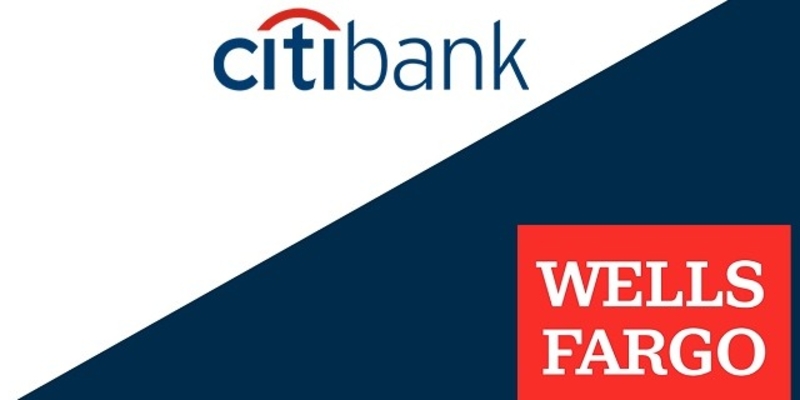Saving for Retirement or Your Child's College? How to Decide
Successful money management relies heavily on cash flow systems which include both business finances and individual financial needs. Money movement functions as a straightforward process which brings funds both into an entity and out of it. A typical cycle starts with earning money at work or through sales as cash entering the system then continues when you make payments to bill collectors or buy business supplies which results in cash exiting your account. Knowledge of cash flow enables wiser financial choices and facilitates strategic budgeting and eliminates money shortages.
The Importance of Retirement Savings

Retirement appears distant to people who currently live in their 20s or 30s. Time seems to go by faster than expected so start saving money for retirement at the earliest possible opportunity. When investment begins at an early stage compound interest starts working because you earn interest on both your basic savings and all the interest it generates over time. Your retirement savings will grow much larger thanks to compound interest.
People today will need retirement funds to sustain them into longer lives because expectations for life expectancy have grown significantly. Thanks to improved medical science and healthy living practices people today have the opportunity to live until their eighty or ninety. Early retirement planning combined with consistent savings contributions forms an essential base for your financial security in old age.
Benefits of Saving for Your Child’s College
On the other hand, funding your child’s education can also have long-term benefits. Higher education has become increasingly expensive and many students graduate with significant debt. By helping to fund your child’s college education, you can potentially save them from starting their adult life in a large financial hole.
Additionally, having a college degree often leads to higher paying job opportunities and increased earning potential in the future. This means that investing in your child’s education now could lead to financial stability for both you and your child in the years to come.
Evaluating Your Financial Situation
When deciding between saving for retirement or your child’s college, it’s important to take a realistic look at your current financial situation. Consider your income, expenses, and any outstanding debt. If you have high interest debt such as credit card balances, it may be wise to prioritize paying those off before making significant contributions towards either goal.
You should also consider any potential sources of income in the future that could help fund both retirement and education costs. This includes inheritance, expected salary increases, and investment returns.
The Importance of Balance
When it comes to making financial decisions, balance is key. It’s important to not put all your eggs in one basket and instead diversify your investments. This means allocating a portion of your resources towards both retirement savings and education funding.
By striking a balance between the two goals, you can ensure that you are setting yourself up for a secure future while also supporting your child’s educational aspirations.
Creating a Balanced Plan
To create a balanced plan, it’s important to set realistic and achievable goals for both retirement savings and education funding. This may involve consulting with a financial advisor who can help you create a personalized plan based on your specific situation and goals.
It’s also helpful to regularly review and adjust your plan as needed. As life circumstances change, so may your financial priorities. By regularly reassessing your plan, you can make sure that you are on track to meet your goals and make any necessary changes along the way.
Exploring Available Savings Options
There are several savings options available for both retirement and education funding. For retirement savings, consider:
- Employer-sponsored retirement plans such as a 401(k) or 403(b)
- Individual Retirement Accounts (IRA)
- Health Savings Accounts (HSA) for medical expenses in retirement
For education funding, options include:
- 529 Plans specifically designed for college savings with potential tax benefits
- Coverdell Education Savings Accounts (ESA)
- Custodial accounts, including those established under the Uniform Gifts to Minors Act (UGMA) and the Uniform Transfers to Minors Act (UTMA)
It’s important to research and compare these options to determine which ones best fit your needs and financial goals.
Adapting to Life Changes

Life is unpredictable and circumstances may change, impacting your ability to save for both retirement and education. For example, you may experience a career setback or have unexpected medical expenses. In these situations, it’s important to be flexible and adjust your plan accordingly.
This could mean temporarily reducing contributions to one goal in order to prioritize the other or finding new ways to increase your income. By being adaptable and open to change, you can continue working towards both goals while navigating any challenges that may arise.
How to Talk to Your Family About Financial Priorities
Lastly, it’s important to have open and honest communication with your family about financial priorities. This includes discussing the importance of both retirement savings and education funding, as well as any potential trade-offs that may need to be made.
By involving your family in these conversations, you can make sure everyone is on the same page and working towards a common goal. This also provides an opportunity for your children to understand the value of financial planning and responsibility.
Conclusion
Both saving for retirement and funding your child’s education are important goals that require careful consideration and balance. Through evaluating your financial situation, creating a balanced plan, exploring available savings options, and adapting to life changes, you can work towards achieving both goals without sacrificing one for the other. Open communication with your family can also help create a supportive environment for reaching these financial priorities. Start planning early and make adjustments along the way to ensure a secure future for yourself and your loved ones.












